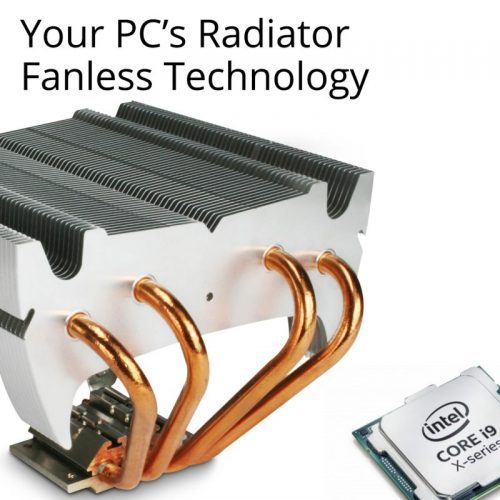Fanless Computers: Progress in Silence and Longevity Prior to the mid 70s, computers were typically very large industrial or commercial machines, often housed in a dedicated room with an equally sized cooling system. Noise was not a notable issue for users because the computers were isolated industrial devices, viewed much like any other heavy duty […]
Tag: fanless computers
Benefits of a Fanless PC
Benefits of Fanless Computers With durable, fanless construction, most of our Mini Rugged PCs provide quiet and reliable operation. Fanless computers are ideal for critical care environments, hospitals, nurseries, or anywhere that noise is a consideration. The primary function of a fan in a computer system is to cool down the internal components and […]

Fanless Computers: Still Running Cool!
Fanless Computers: Still running cool! Making a computer with a single fan is good engineering, making them fanless is an art. TANGENT offers fanless computers which are reliable and robust to meet your demanding requirements of ruggedness and performance. What are major problems with the fans that require us to build fanless computers? Noise: […]
